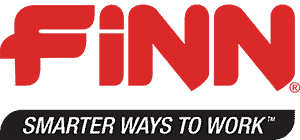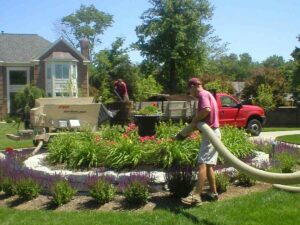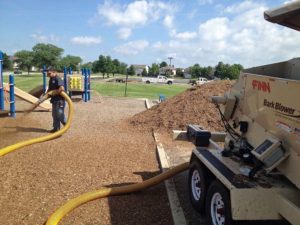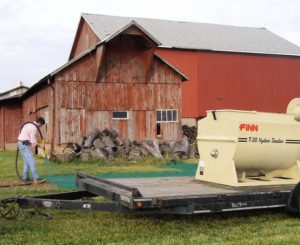Why Hydroseeders for Landfill Alternative Daily Cover are an Efficient, Cost-Effective Solution
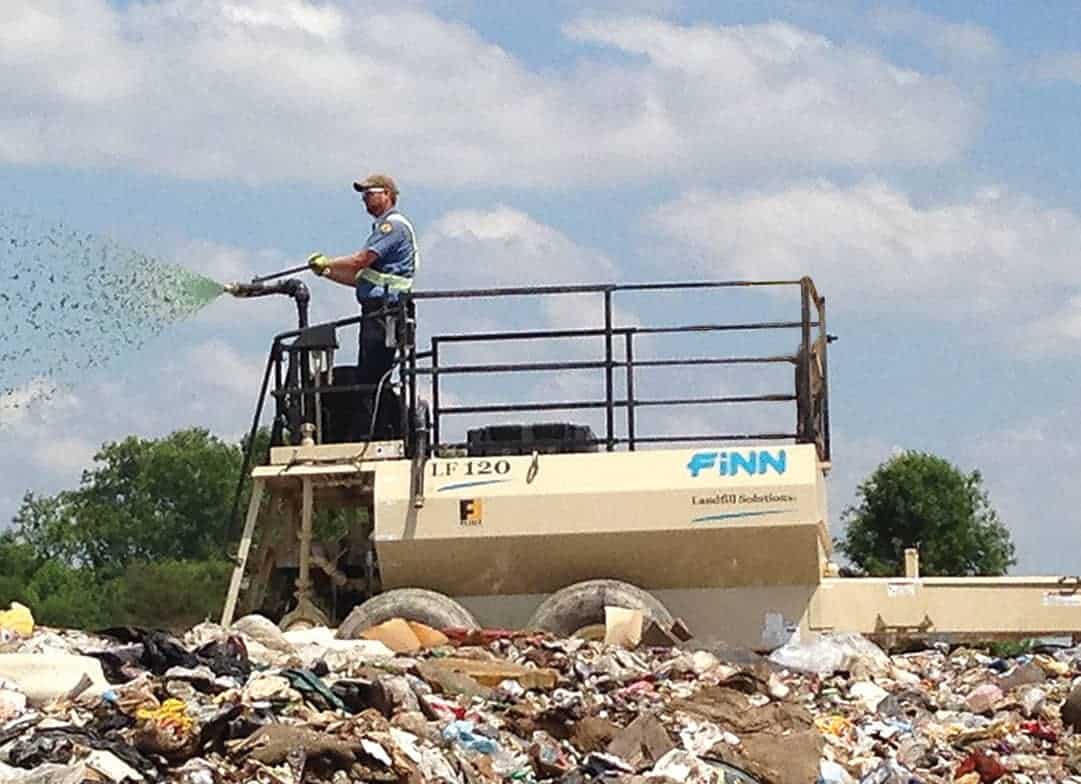
Share this article!
Landfills are complex, highly engineered sites as government regulations have increased, and technological advances have improved. What were once large holes in the ground where trash was buried on the edge of town, landfill sites now undergo comprehensive urban planning, sustainable impact studies and continuous waste management.
In addition to the location, the operation of landfills has increased in sophistication, and the Environmental Protection Agency (EPA) regularly monitors landfills to identify new regulations designed to make landfills more ecologically friendly.
What is Alternative Daily Cover in Landfills?
Among these advancements is the use of alternative daily cover (ADC) in place of soil. ADC comes in many different forms, including spray-on covers. A fast, effective and safe method to meet government regulations, spray-on cover with a hydroseeder is an ideal solution for landfill operators.
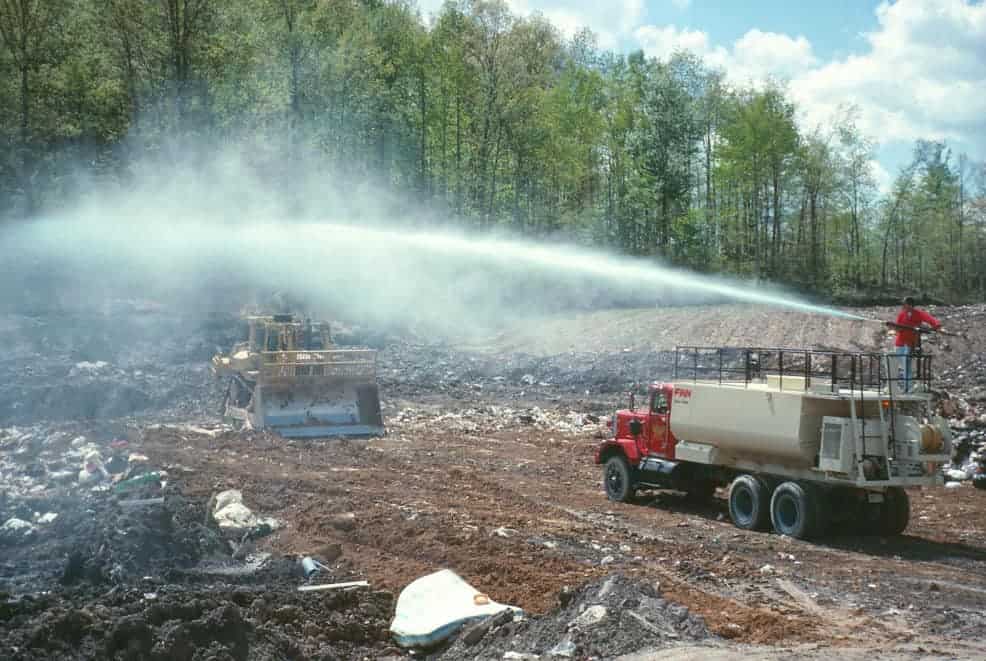
Requirements for Landfills
Federal regulations require landfill operators to cover all waste at the end of each day. In 1991, the EPA outlined materials and expectations for alternative daily cover to use in place of soil. ADCs, also known as landfill daily covers, rain covers or cap covers, are used to:
- Limit odors
- Reduce wind-blown litter
- Reduce the spread of disease
- Help to limit fire hazards
- Limit scavenging
- Control dust
Historically, a layer of dirt –six or more inches deep – was used as cover to meet federal regulations. However, alternative materials and alternative thicknesses are acceptable if the material is effective and not a threat to the community and environment.
Types of Alternative Daily Cover
There are many types of alternative daily cover. Among the most common options are:
Compost materials: This waste-derived ADC is made of decomposed wood, green waste or other solid waste. Using composted materials as ADC also reduces acid buildup in the landfill and global warming potential, compared to the use of soil, according to a study at North Carolina State University.
Green waste: A biodegradable waste, green waste consists of grass clippings, shrub and yard clippings, branches, wood, bark and weeds.
Ash: Ash can be the result of wood, coal or other incinerated materials. As an ADC option, ash can be used as is or mixed with soil or sludge.
Shredded tires: More than 250 million tires are trashed annually, per the California Integrated Waste Management Board. Instead of bulky, used tires ending up in a landfill and needing to be covered at the end of each day, they can be shredded, mixed with soil or used as is for ADC.
Auto shredder residue (ASR): Also known as auto fluff, ASR is a non-metallic waste product created from the “reclamation process of recyclable ferrous and non-ferrous metals,” according to the Rhode Island Department of Environmental Management. As the name suggests, automobiles, trucks and buses are a primary source of ASR. Household appliances, including refrigerators, washers and dryers, also contribute to the 2 billion pounds of ASR created each year.
Geosynthetic covers: These large tarps are made of plastic or fabric materials and are rolled out with a machine or by hand. While geosynthetic covers are relatively inexpensive, use little space and some are reusable, the tarps are difficult to roll out, tear often and have a limited lifespan.
Spray-on: Also known as hydromulching, this method uses a slurry of water, with a blend of materials such as recycled paper, wood, polymers, an enzyme complex and other ingredients. When sprayed on the “open face” of a landfill, it forms a cement-like crust of only ¼” thick that meets the government requirements. When the next load of waste is placed on top, the crust breaks down, taking up virtually no space in the landfill. It is an affordable, fast and safe solution to daily coverage of a landfil.
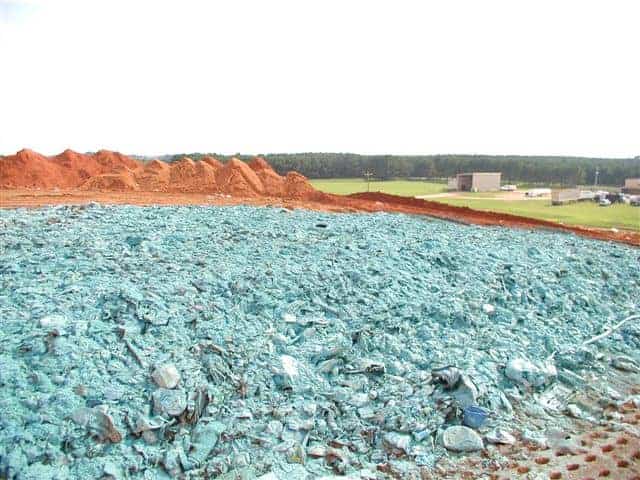
Advantages of Spray-On Cover for Landfills
Spray-on cover for a landfill at the end of each day has several advantages over other cover options. First, it’s fast. Where applying dirt as cover takes several hours – from digging it up, hauling it and then spreading it – the application of an ADC slurry can take minutes. With a hydroseeder unit on the back of a truck or pulled by trailer, landfill operators can mix the slurry and spray it over the landfill quickly and efficiently.
Spray-on cover also saves money by reducing labor costs. Consider the number of people needed to cover a landfill with dirt. First, there’s an operator to dig the dirt. Next, a driver to haul the dirt from the excavation site to the landfill. Finally, there’s an earthmoving equipment operator at the landfill to spread the dirt. It’s a time-consuming process that is reduced to minutes with a one- or two-person team on a hydroseeder.

Landfill capacity increases with spray-on cover. While dirt application requires a layer several inches deep, a layer of as little as a quarter of an inch of ADC slurry produces the same level of protection. The reduction in cover material allows landfills to maximize space and handle more waste safely. MSW Management, a journal for solid waste professionals, estimates the accumulated volume saved with alternative daily cover could be as high as 10-15% over the course of years and decades.
Spray-on cover is more effective than dirt because it is resistant to shifting from weather, including heavy rains and wind. Severe weather can cause soil applications to shift and potentially create hazardous runoff into water sources.
Lastly, spray-on cover improves the appearance of a landfill. While this does not serve a practical application, public perception can influence lawmakers who create additional regulations for landfills.
FINN Hydroseeders Can Cover Landfills
More than 262 metric tons of solid waste are produced in the United States annually, according to BioEnergy Consult. While this number continues to expand each year, growth has been minimal since 2005. Still, landfill operators have a regular need to identify efficient, inexpensive ways to cover trash every day. Spray-on cover is both a time and revenue saver for landfills, while also providing a safe and effective method of alternative daily cover.
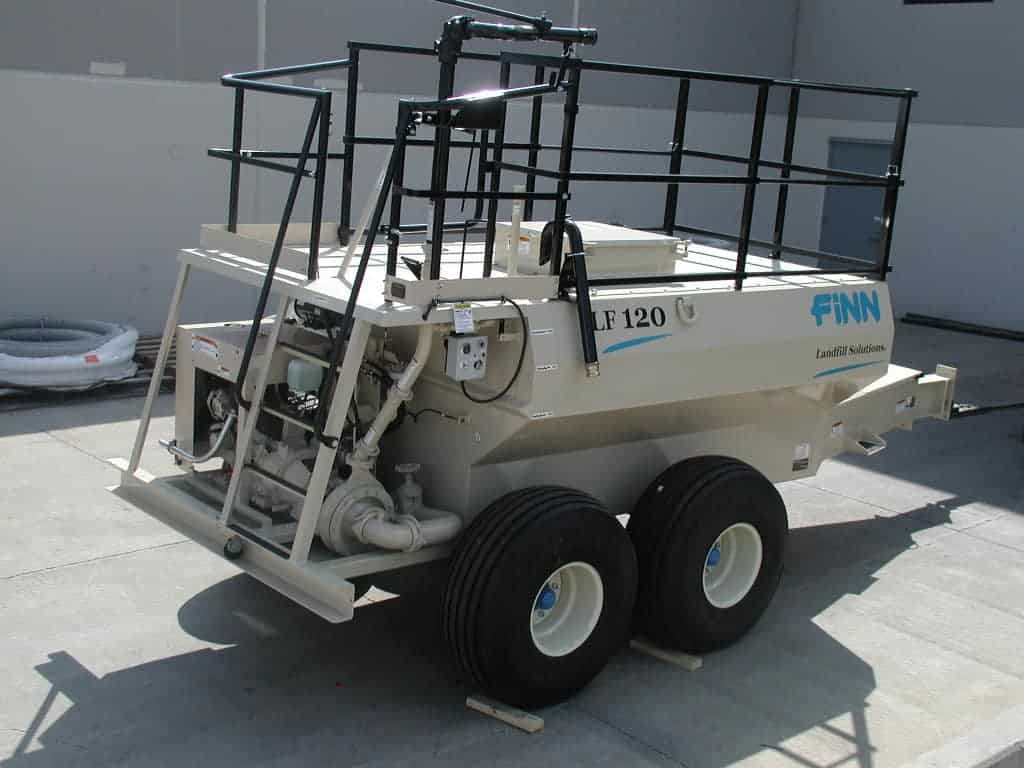
FINN Corporation has a complete line of hydroseeders capable of handling any landfill job. FINN Hydroseeders are quality pieces of equipment, known for productivity, reliability and long-lasting performance. With a FINN Hydroseeder for landfills, operators can be more profitable while using a safe option for ADC. Take a look at FINN’s Hydroseeders and contact a dealer near you to find a Smarter Way to Work.
Folow Finn Corporation on Social
How to Lay Mulch Evenly – When & Why to Use a Mulch Blower
Understanding the best way to spread mulch evenly can mean the difference between a great-looking, environmentally-friendly landscape, and one that falls short in both areas. From spreading mulch basics to how to spread mulch evenly, and when to use a mulch blower to achieve the desired results, these landscaper insider tips can help elevate your next project’s aesthetics and help…
Bark & Mulch Blowing 101
One of the best ways to enhance soil composition, prevent erosion, and improve the aesthetics of any landscaping project is to utilize bark and mulch blowing. For our purposes, bark and mulch blowing are effectively the same thing, and can generally be used interchangeably. Bark and mulch are both great choices to prevent weed growth and invasion, improve soil quality…
Hydroseed vs. Sod vs. Grass Seed
If you’re starting a lawn from scratch, you’ve probably come across the three common methods for seeding: sod, grass seed, and hydroseed. In order to determine the best choice for your yard, you may want to ask yourself a few questions before you get started, and familiarize yourself with each of the processes so you can make the right choice…
